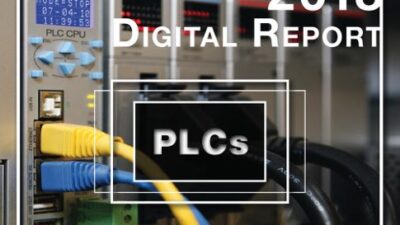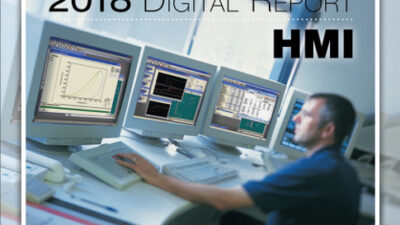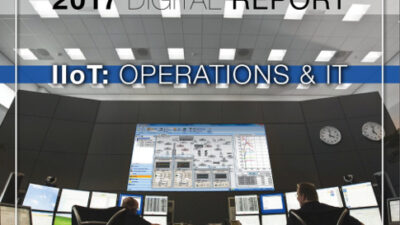Today, Process Automation Systems (PAS) are networked with office PCs – often through a Manufacturing Execution System (MES). More and more the hardware and software of the PAS operator level, of the MES, and the office computer systems are using the same industry standards (such as MS Windows, Ethernet). As a consequence, today’s Process Automation Systems must be protected against all kinds of viruses, worms and Trojan horses. However, the greatest threat to any computer system comes from huma
Today, Process Automation Systems (PAS) are networked with office PCs– often through a Manufacturing Execution System (MES). More and more the hardware and software of the PAS operator level, of the MES, and the office computer systems are using the same industry standards (such as MS Windows, Ethernet). As a consequence, today’s Process Automation Systems must be protected against all kinds of viruses, worms and Trojan horses. However, the greatest threat to any computer system comes from human interaction with the computer system. This interaction can be faulty, not intended or even malicious. That means a security concept must take into account all these different kinds of attacks and interactions from outside and inside to ensure safe operation of the production plant and related business systems.
INTRODUCTION
Up until a few years ago, process automation, order processing and logistics– to mention just a few examples – were separated by virtual system boundaries and by real walls. Even the actual process level consisted of separate units which were not linked to the next process step.
How to Safeguard Computer Systems in Process Plants (7 page pdf)


